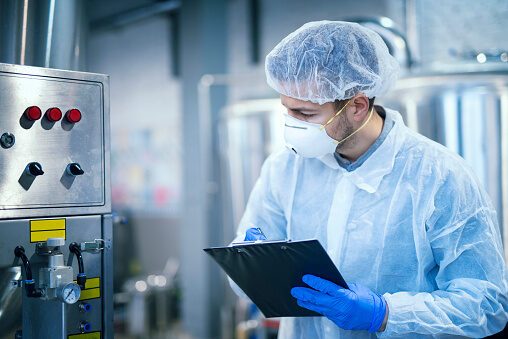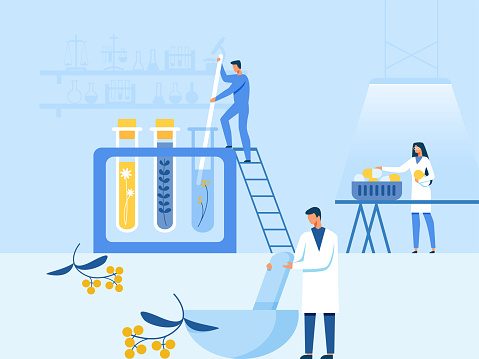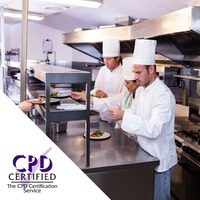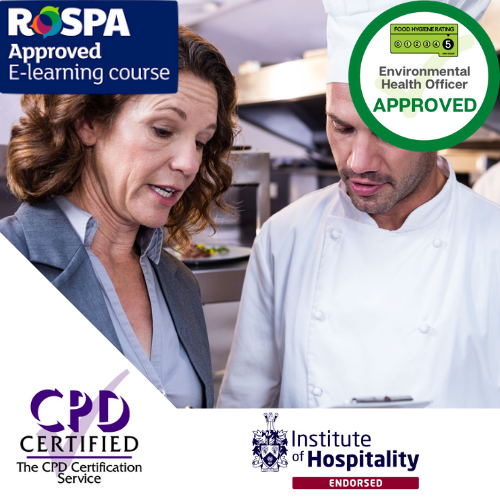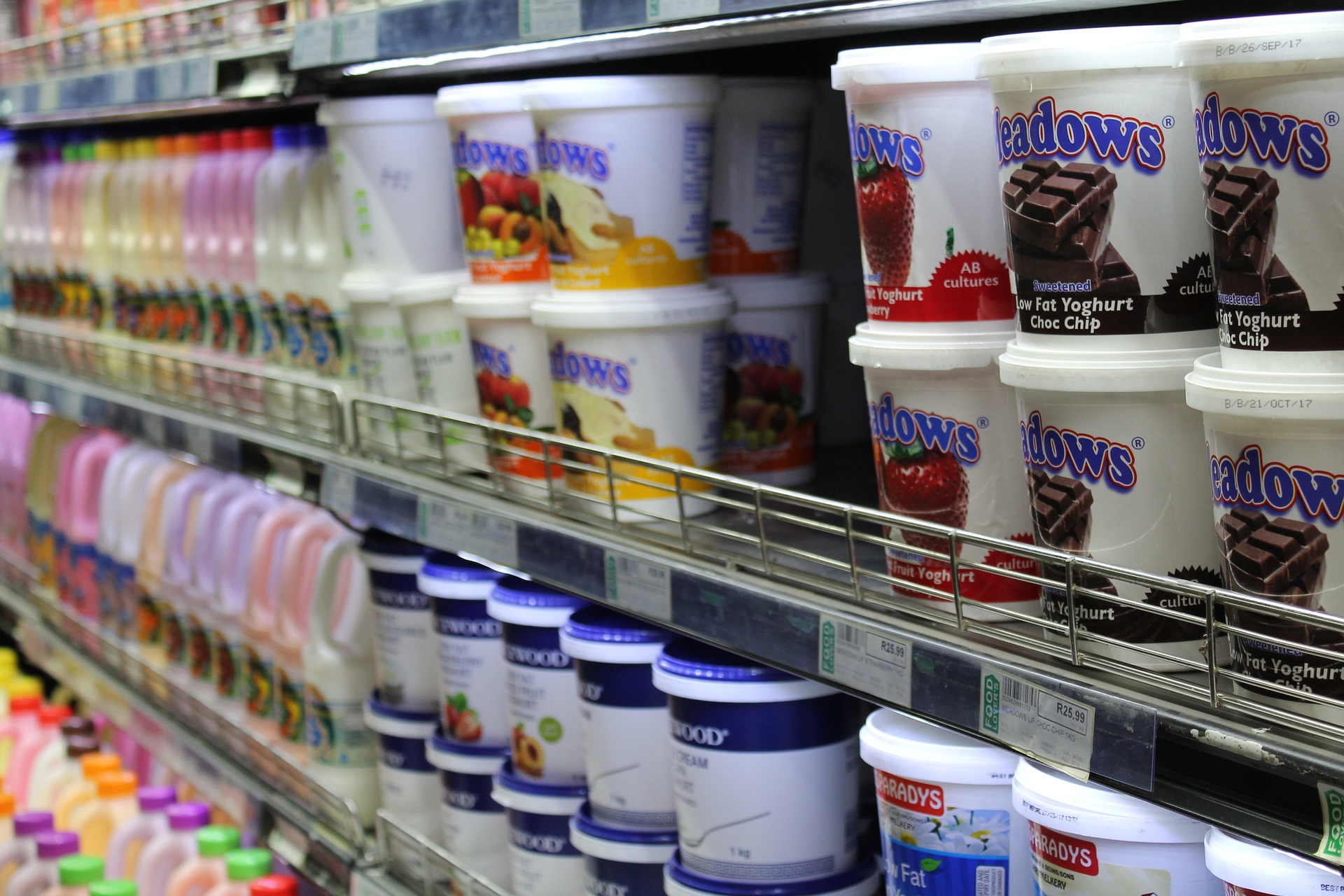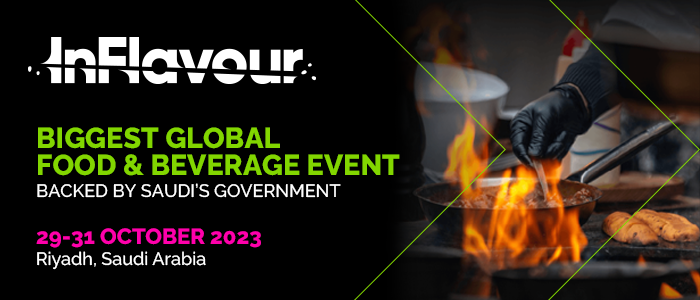Let us list out how to attain HACCP certification in your Food and Catering Industry. Therefore let’s detail how HACCP officer process the steps to attain HACCP certification(food & catering industry). Let’s check HACCP plans to be followed in Food and Catering industry. This is going to be the simplest detail of the process.
So food safety officers look at the below steps to develop your Food industry’s HACCP plan.
The Process of HACCP
So FoodTechSafety divides the process of HACCP into :
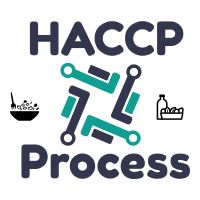
1. Food Safety Team
Initially, the procedure starts forming FST;
- Firstly, appoint a Food Safety Team of members from different departments and Operations to conduct each hazard analysis. So the list should be available at the work site.
- The FST shall have a combination of multidisciplinary knowledge and experience in developing and implementing the System. Such knowledge/experience shall include food products, processes, equipment, and food safety hazards.
- As we know FSTL maintains records that demonstrate the FST possesses. So FSTL requires knowledge and experience, in accordance with the food safety requirements.
Read more: HACCP Team Members-roles and responsibilities
2. Product Characteristics of Food and Catering
Secondly FST documents
- raw materials,
- ingredients,
- list of possible hazards
This is documented in the “Hazard Analysis Work Sheet”. Such documentation includes, but not be limited to the following:
- Biological, chemical, and physical characteristics of raw materials/ingredients
- Composition of formulated ingredients (e.g., additives and processing aids)
- Point of origin of all materials
- Method of production
- Packaging and delivery methods
- Storage conditions and shelf life
- Food safety-related acceptance criteria or specifications of purchased materials and ingredients appropriate to their intended uses.
Most importantly The FTL identify statutory and regulatory requirements related to product characteristics. Therefore always keep descriptions up-to-date.
3. Intended Use – Flow Diagrams, Process Steps & Control Measures of Food
Thirdly –
- The FST prepares Flow Diagrams for process categories covered by the Food Safety Management System. Flow diagrams are clear, accurate, and sufficiently detailed and include the following, as appropriate:
- The sequence and interaction of all steps in operation.
- Any outsourced processes and subcontracted work.
- Where raw materials, ingredients, and intermediate products enter the flow.
- Rework and recycling take place.
- Where end products, intermediate products, by-products, and waste are released or removed.
Above all the FST verify the accuracy of flow diagrams and other hazard analysis documents by conducting process walkthroughs and on-site checks.
4. Hazard Analysis
Finally, the FST conducts hazard analysis of its processes that potentially have an impact on food safety. Likewise to determine the:
- Which hazards – biological (e.g., Salmonella), chemical (e.g., mercury, dioxin), and/or physical (e.g., bones, metal) – need to be controlled?
- The degree of control required to ensure food safety.
- Requires which control measures?
In conducting the hazard analysis, the FST has to keep in mind the following:
- The likely occurrence of hazards and severity of their adverse health effects;
- The qualitative and/or quantitative evaluation of the presence of hazards;
- Survival or multiplication of micro-organisms of concern;
- Risk is defined as the combination of the likelihood occurrence of a hazard and its Severity (the seriousness of the hazard identified in causing ill health to the consumer).
- Depending on the correlation of the degree of both likelihood occurrence and severity, the significance of the potential hazard determines with the aid of a Risk Assessment Matrix.
The levels of likelihood of occurrence and severity of hazard for each process step is determined based on the FST experience and knowledge of their food products and production conditions If required with the assistance of an external technical expert.


